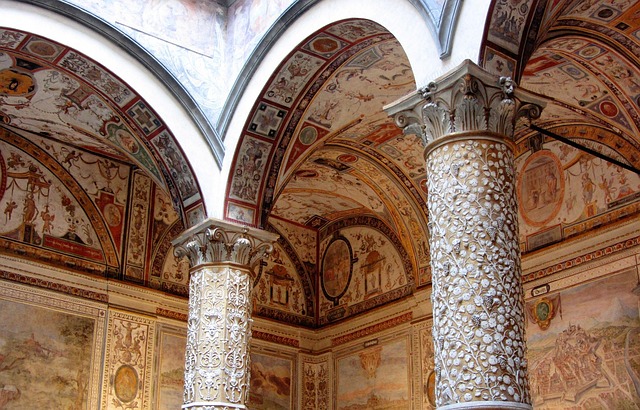Historic prisons are being repurposed as vibrant real estate developments, blending architectural heritage with modern urban planning. This trend revitalizes neighborhoods, preserves local history, and attracts investors and residents. By focusing on rehabilitation and skill development, these institutions drive economic growth, reduce recidivism, and provide better opportunities for ex-offenders upon release, transforming underserved regions and communities through real estate projects.
“Prisons, once symbols of punishment, are now emerging as surprising catalysts for economic growth. This article explores how former correctional facilities are undergoing remarkable transformations, evolving into vibrant spaces that drive local real estate development. From historic architecture to modern infrastructure, these sites offer unique opportunities for community renewal and commercial expansion. Discover the significant economic impacts of prison rehabilitations and uncover the diverse ways former prisons are revitalized, shaping new landscapes in the process.”
Historical Prisons: Landmarks in Real Estate Development

Many historic prisons, once symbols of punishment and containment, have transformed into vibrant landmarks in real estate development, offering a unique blend of architectural heritage and modern urban planning. These former correctional facilities, with their sturdy structures and strategic locations, often become desirable sites for various purposes. Developers recognize the potential these buildings hold, not just for residential or commercial spaces, but also as cultural centers, art galleries, or even museums.
The conversion of prisons into mixed-use developments contributes to the revitalization of neighborhoods, attracting investors and residents alike. The real estate market embraces these historic structures, allowing them to take on new roles while preserving a piece of local history. This trend not only revitalizes underutilized land but also creates opportunities for communities to engage with their past, fostering a sense of pride in their unique urban landscape.
Rehabilitation to Revitalization: Economic Impact of Prison Transformations

Prison systems, often perceived solely as institutions of punishment, are increasingly transforming into hubs of economic activity and community revitalization. This shift from traditional correctional facilities to rehabilitation-focused centers has significant implications for local economies, especially in underserved regions. When prisons invest in comprehensive programs aimed at skill development, education, and vocational training, they contribute to the creation of a skilled workforce, stimulating nearby real estate markets and fostering entrepreneurial initiatives.
Such transformations attract businesses seeking talented individuals, leading to the establishment of new industries and an influx of investment. The impact ripples through various sectors, from construction and hospitality to technology and healthcare. This economic resurgence not only benefits prisoners upon their release, providing them with better job prospects and reduced recidivism rates but also revitalizes entire communities, offering a fresh perspective on the potential for positive change through strategic prison reform.
Former Prisons: Spaces for Community and Commercial Growth

Many former prisons, after being decommissioned, transform into vibrant hubs that contribute significantly to their surrounding communities and local economies. These sites, often vast stretches of land with well-established infrastructure, become magnets for various commercial and community developments. Real estate investors recognize the potential in these areas, leading to a surge in redevelopment projects.
The repurposing of former prisons can include mixed-use developments with residential, retail, and office spaces, attracting businesses and residents alike. These conversions not only provide much-needed housing but also stimulate local economies through increased foot traffic, job creation, and the establishment of new amenities. The unique character and history of these sites often become selling points, drawing both locals and outsiders to explore and contribute to their renaissance.






